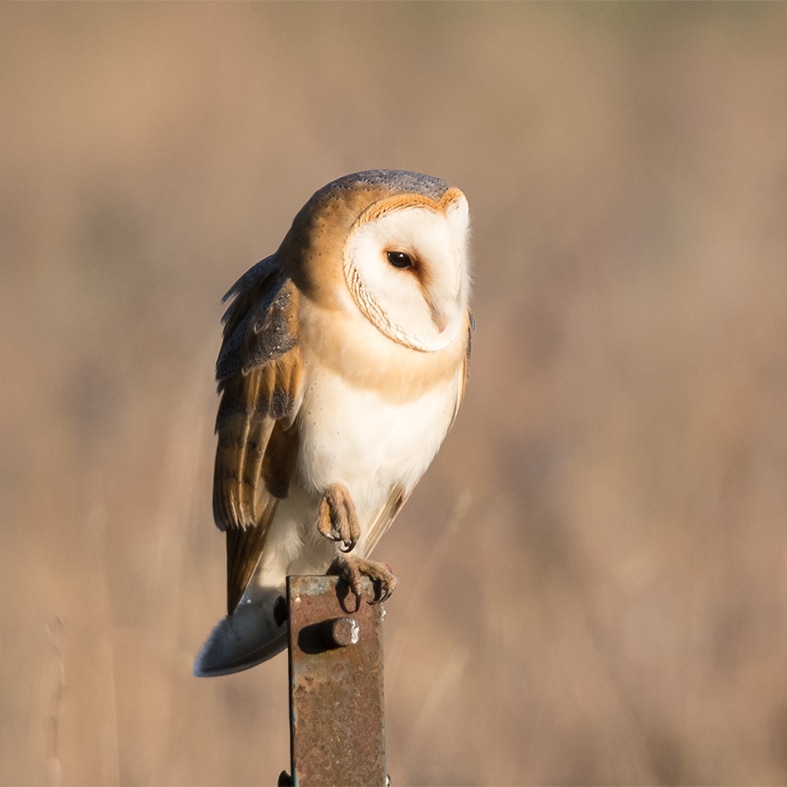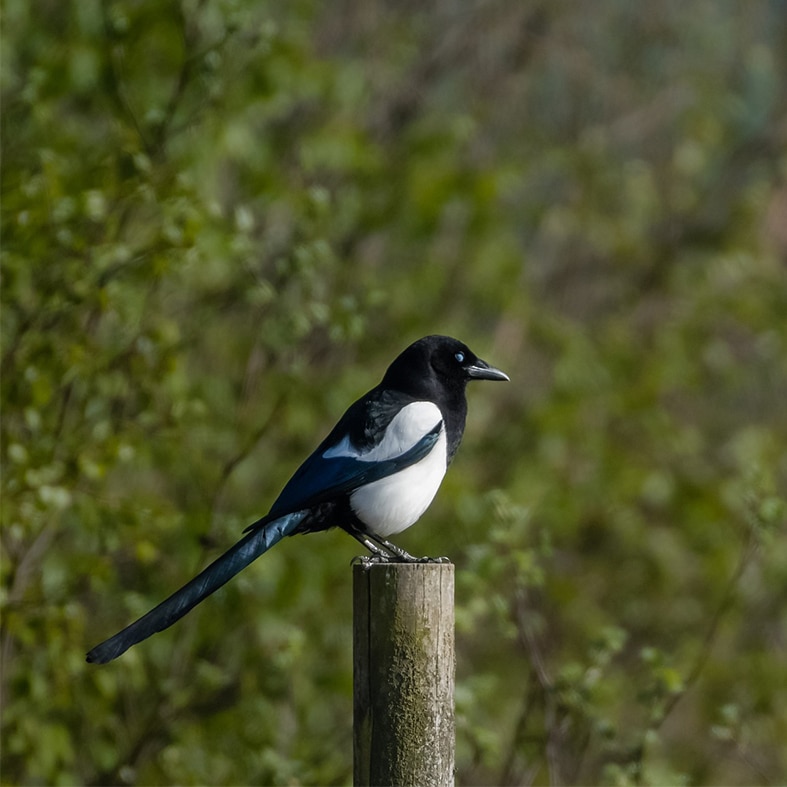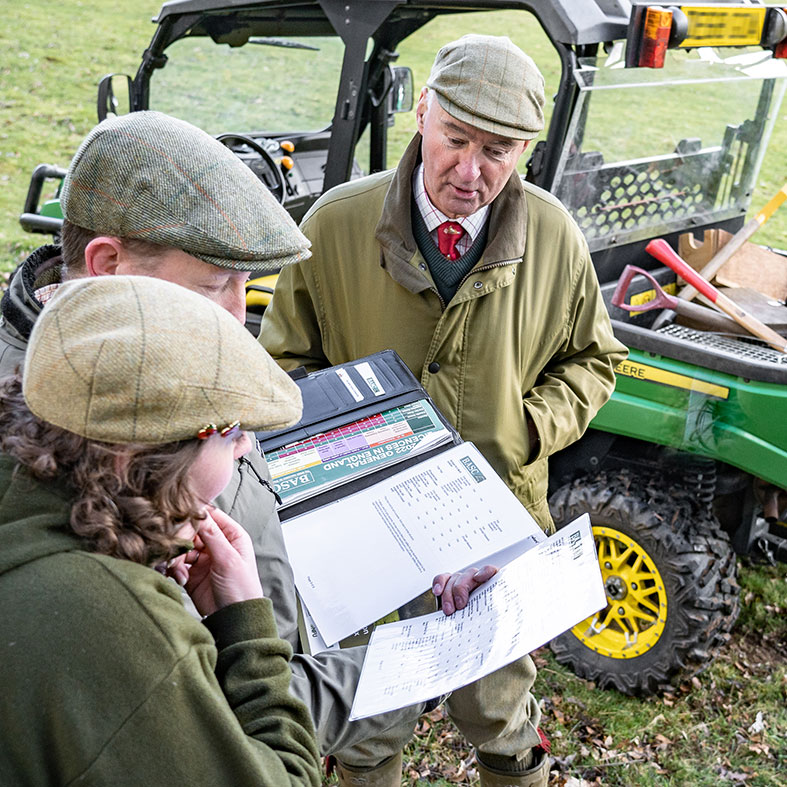

BASC monitors scientific journals, environmental, policy and political alerts for the results of studies of relevance to shooting and conservation. Below are links to a selection of papers published in July – September 2025.
Read the latest research on...
Birds
- First confirmed outbreak of Phasianus chaphamaparvovirus 1 infection in pheasants in the UK
- Possible Role of the Mass Release of Common Pheasant (Phasianus colchicus) in the Decline of the Grey Partridge (Perdix perdix) Population in Hungary
- Seasonal densities of released Common Pheasants Phasianus colchicus and Red-legged Partridges Alectoris rufa on land used for shooting and on nearby non-release land in southern England
- Classification of methods for the prevention and correction of injurious pecking in game birds and poultry
- Helminth gut parasites of black grouse Lyrurus tetrix in northern England, their impact on productivity and possible sources of infection
- Non-selective waterbird hunting in a Natura 2000 site results in killing of protected species: A case study from western Poland
- Synergistic effects of habitat composition and weather on reproduction of a sharply declining farmland bird in Central Europe
- Circadian space use but not overall home range is affected by diurnal hunting in a terrestrial bird species where mortality is low
- The use of monitoring data from north-west Europe as indicators for the health of Arctic-breeding waterbird populations
Mammals
- Pining for Martens? Perspectives on a proposed Mustelid reintroduction in south-west England
- Validating habitat suitability models for pine marten (Martes martes) reintroductions to England and Wales
- Locking antlers: A ‘levels of conflict’ analysis of upland deer management in the Scottish Highlands
- Stakeholder solutions to human-wildlife conflicts: Co-created adaptive impact management for wild red deer, Cervus elaphus, in the English Lake District
- Understanding deer management dilemmas: A mixed methods approach to understand diverse stakeholder values in human-wildlife conflicts
- The role of large ungulate grazers on Ixodes ricinus and tick-borne pathogens in the New Forest – a case study for future rewilded landscapes
- Temperature drives inter-annual variation in badger Meles meles predation of lapwing Vanellus vanellus on Scottish hill-edge farmland
- A brief overview of the impact of avian influenza on animals
Land management
- Understanding Land Management in the Cairngorms National Park
- Mapping Farmed Landscapes from Remote Sensing
- Understanding farmers’ perspectives and engagement with wildlife conservation practices: Insights from a European wildcat reintroduction
- The impact of moorland cutting and prescribed burning on early changes in above-ground carbon stocks, plant litter decomposition and soil properties
- Environmental policy in agricultural landscapes: The need for balancing ecosystem health and biodiversity conservation
- Impacts of an omnivorous ungulate on plant communities and soil organic carbon
- Why do we keep killing crows? Farmers’ attachment to a controversial method in an attempt to protect their crops
- Learning from the past and embracing future opportunities: Perceptions of new Environmental Land Management Schemes and private nature markets
- Ecological implications of changes in vegetation elemental composition under different heather (Calluna vulgaris) managements on British blanket bog
- Colonization by peatland specialist birds following forest-to-bog restoration in northern Scotland
- The multiple benefits delivered by hedgerows: Where is the evidence and does it meet current knowledge needs?
- Living in the Hedge: Farmland Reptile Diversity Is Driven by Hedgerow Structural Complexity and Landscape Connectivity
- Some love them, others hate them: Understanding farmers’ tree planting decisions in Scotland
- Quantifying the value of trees outside woods for promoting biodiversity on farmland
- Spatial prioritisation for nature recovery with multiple options for habitat creation
Other topics
- Fire Severity and Habitat Type Determine Vegetation Change and Regeneration Time Following Wildfires in Scottish Uplands
- Plastic pollution in shooting ranges and warfare areas – an overlooked environmental issue
- Inaccurate and misleading terminology may impede the protection of people and wildlife from adverse effects of lead ammunition
- EU regulation: An unprecedented opportunity to protect children’s and wildlife health from the toxic effects of lead ammunition
- Lead exposure in waterfowl before nontoxic shot requirements: A nationwide study, 1983–1986
- Not just species recording: the potential of citizen science for habitat monitoring
- Ecological citizen science in schools: a case study of impact on pupils’ connection to nature and knowledge of UK mammals
- What are landscapes for? Diverging preferences and shared understandings of rural farming landscapes
- Biodiversity response to local-scale conservation interventions: A systematic review and meta-analysis protocol
- Forming and managing a Farmer Cluster for improved farmland biodiversity in Europe
- Meta-analysis of predator identity in nest-camera studies in the British Islands
- An update on Borrelia burgdorferi s.l. prevalence and hazard in ticks at recreational areas in England and Wales between 2021 and 2023
- Wildlife-vehicle collision liability in Europe: A review of existing approaches and their implications
- Effects of adaptive management on conflicts in establishing duck hunting regulations in the United States 1980–2022
- Mentorship of waterfowl hunters in the Central Flyway
- Solidity and fluidity in the quantification of nature recovery: wild bird indicators in the UK
- High prevalence of multi-drug-resistant bacteria in faecal samples from UK passerine birds
Subscribe to our BASC Live newsletter to receive Science Matters updates straight into your inbox once a quarter.
Looking for more insight?
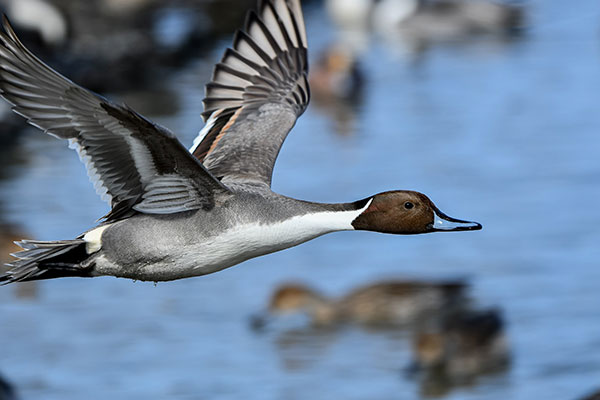
Conservation in action – winter 2024/25
Read our latest update on BASC conservation projects, including how you, your shoot or club can get involved.
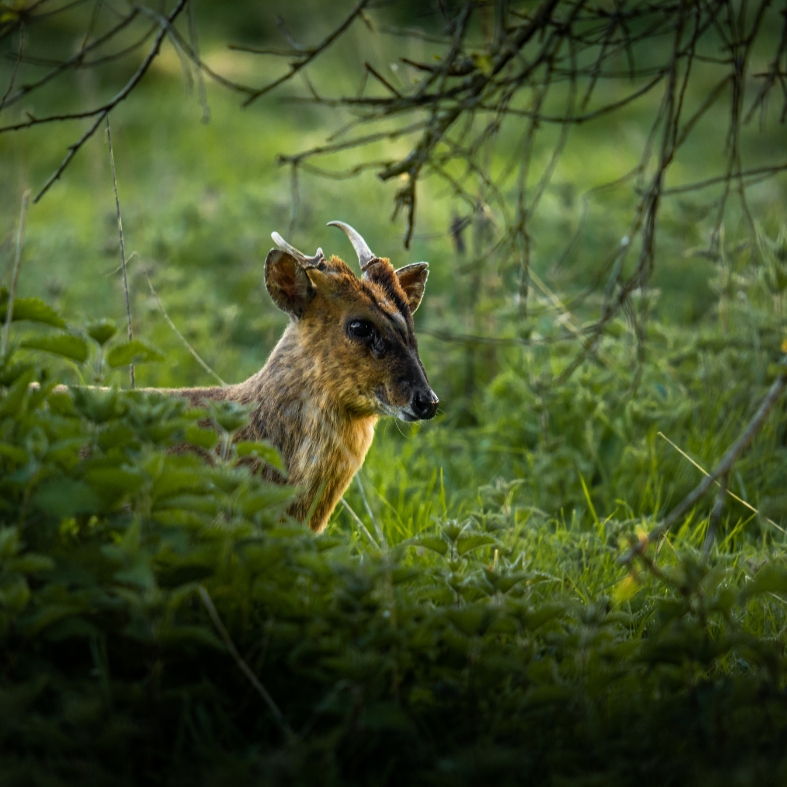
Why are nutrient cycles important to deer and gamebird management?
What are nutrient cycles and why are they important to deer and gamebird management? Dr Cat McNicol explains.

Science matters: wonderful woodcock
Heather Warrender reviews the latest research on woodcock, looking at the shooting community’s role in reversing the decline in the fortunes of this enigmatic wader.
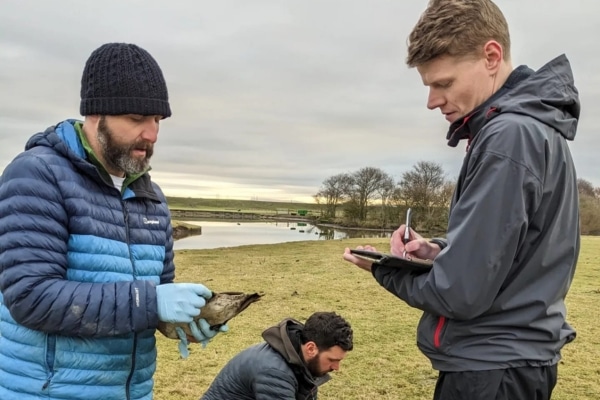
Citizen science data at the forefront of new research
Sophie Stafford reviews research published in March and April, with a particular focus on studies underpinned by data submitted by the public.
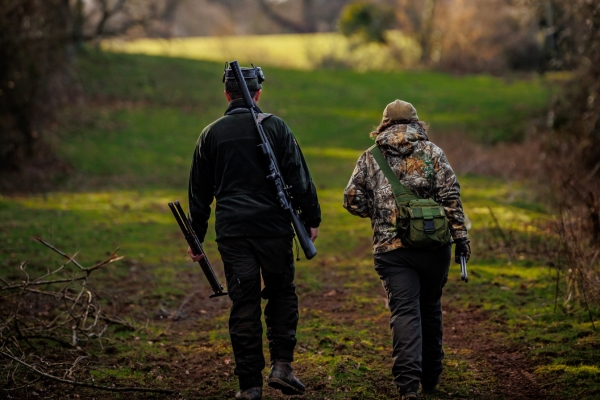
Science matters: How mentors can shape the shooting community
Mentors have a vital role to play in ensuring that the shooting sector continues to grow and flourish, says BASC’s Heather Warrender.

Science matters: do you know the value of wild venison?
Conversations around food sustainability are growing louder in many parts of the world, presenting an opportunity for wild British game, writes Sophie Stafford.

